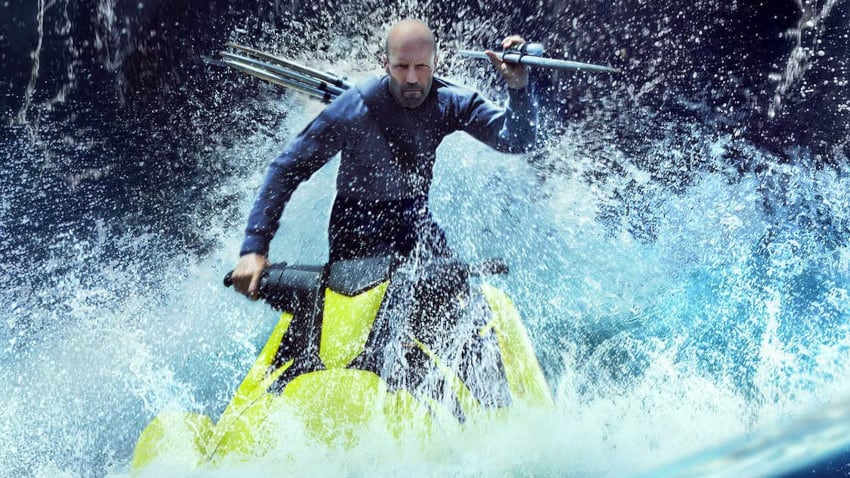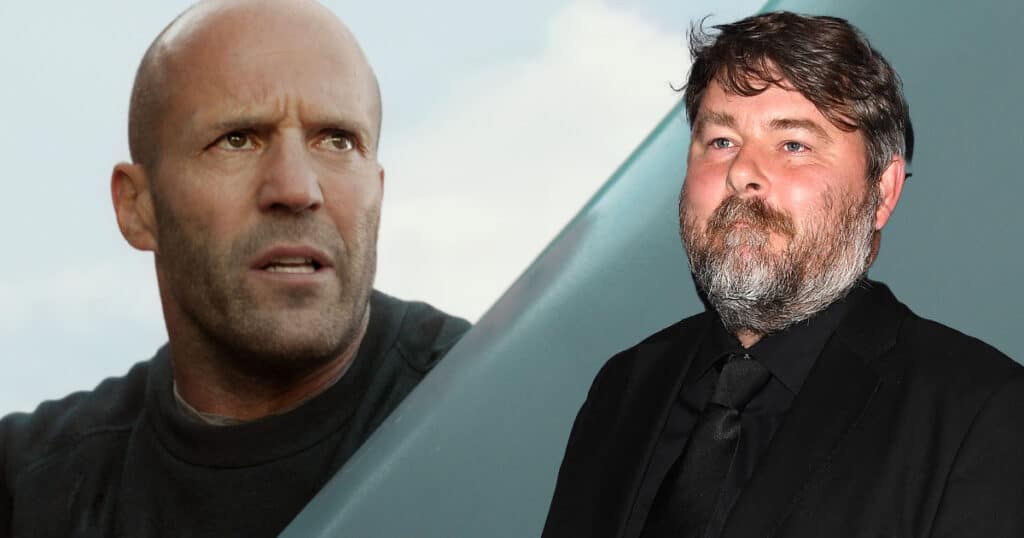
The first time I saw Kill List, I was fascinated with the filmmaker behind it. As his work continued to grow, my appreciation for Ben Wheatley was only confirmed. With terrific features like Kill List, High-Rise, Free Fire, and the recent In The Earth, I was impressed with Wheatley’s choices. And then, he surprises once again, by taking on a gigantic Megalodon, and something that can be even more deadly, the extremely charismatic Jason Statham. Meg 2: The Trench is a new direction for the director, one that is far more of a spectacle than what we’ve seen from him before.
Recently, I sat down with the filmmaker, and as always he was incredibly kind and a joy to speak with. Ben opened up about taking on a film with an emphasis on visual effects and action. He discussed the creature design, and how he found himself involved with the sequel. As for Mr. Statham, Ben talked about working with the action star, as well as Wu Jing and Shuya Sophia Cai. If you are looking for a gigantic shark and more, you are probably going to have a bit of fun with Meg 2: The Trench (read our review), currently in theatres.
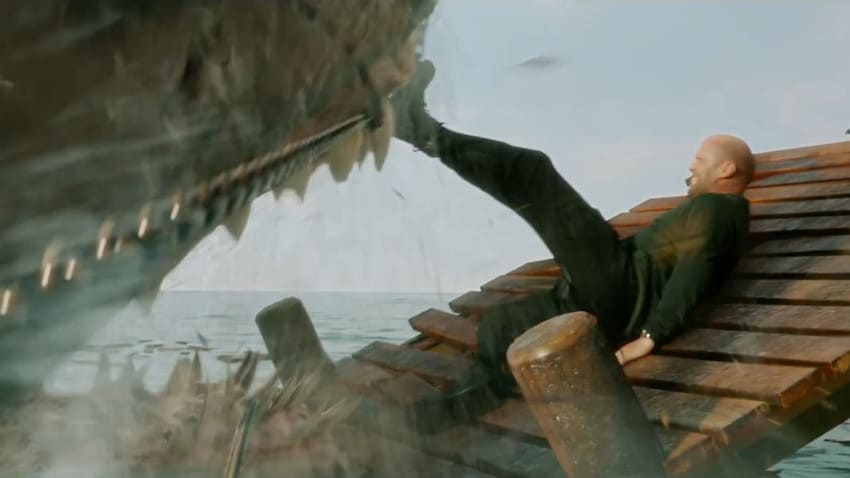
It’s good to speak with you again. I’ve watched your career, seen your films, and like your work. Meg 2 is different from the movie I would’ve expected from you. How did you get involved with the face-off between Jason Statham and a giant shark?
Ben Wheatley: Yeah, man, it’s just something I really wanted to do. I’m a big fan of monster movies and wanted to do something big, poppy, bright, and fun. I think I’ve basically covered the bases of depressing and scary and wanted to color in the other part of the coloring book, as it were.
Now, who approached you? Did you approach them? How did this happen?
BW: This, it came from the producers, came to my agent, and I think it’s basically through Free Fire. They’d seen Free Fire, and they went, “Oh, right, he likes the genre. He’s interested in it and can do action,” it kind of went from there. Then the script turned up. I get a lot of scripts, all the time, and as soon as I saw it, I was like, “Yeah, that’s it. I’m doing that, definitely.”
What appealed to you about it? Because obviously, shark movies are hard to do because as we have the pinnacle, we have Jaws, but The Meg is a little different. You have a little room with the action, but what was the appeal for you besides just the taking on it? Because this is a big film.
BW: Yeah. I mean, obviously, there’s the appeal of working on something huge and having all the resources to do something big, so there’s that. But the other thing for me really was the script. Where it was like, I love the thing of the original Meg as well of teams of people working together, and they’re blue-collar people, but they’re experts, and they’re vulnerable, and at any moment they could get wiped out, and that’s what’s so kind of scary about it.
And it goes back to liking Howard Hawks movies and those kinds of team-based, “We’ve got to get this job done, let’s all do it together,” and there’s no cynicism in it. It is just a completely pure-hearted kind of they’re going to get out of this situation, and there’s nothing going to stop through their pure grit and gumption. And that’s what I liked. I thought that leavened the mad spectacle of it as well, so that you always felt like it was this kind of energy going through the whole thing. I think that, and you see that in Wu Jing as well, the Wu Jing performance is always, and it’s the kind of particular Chinese culture stuff of always pushing forward, always being positive as possible. And then it’s the structure of the script was like, it seemed to me that each reel got faster than the last one. So it just goes, you’re kind of going, “All right, exposition reel, that’s okay. Oh, okay, that’s happening.” By the third reel you’re like, “Oh my God, it’s going so fast,” and then the action just really grabs you and drags you through the film.
A lot of times, you take a film like this, and there’s an emphasis on the horror, or there’s an emphasis on the action. How do you find the balance between that and creating? Yes, we got Jason Statham to kick ass; come on, you’re going to use that, but you also have big-ass sharks; how do you find the balance of making it scary, finding the tension, but also making a cool Jason Statham flick?
BW: Well, it’s just that. On the one hand, you’ve got the thing you don’t want to do the same thing again and again and again in a film because it’ll get boring. So whatever that’s going to be. You’ve got to make sure that the action has lots of different kinds of environments and lots of different threats, so that’s why they’ve got smaller creatures, bigger creatures, they’re running out of air or going through doors or riding on jet skis.
So you have all those elements, but you also have, there’s comedy in it, but the comedy can’t be too big, otherwise, it reduces the fear, and the fear can’t be too strong because then it traumatizes the audience. So you’ve got these kinds of sliders that you’re dealing with. We did a lot of test screenings, and it was really interesting that you could change one thing, and it would just kind of all collapse. So, it was this sense of just making sure that everything was just at the right Goldilocks level, and that was the work of it. We had all the elements there, but we just had to get them. It was like tuning a racing car, really.
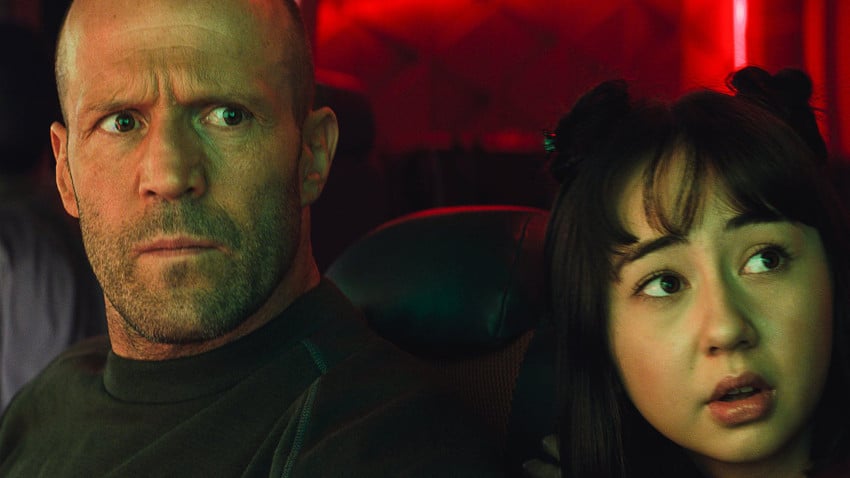
Well, one thing I appreciate about both films is that I like seeing Jason with kids because he’s so very good with child actors, and having that bond built into this sequel was nice.
BW: Yeah.
What was that like, to work with those two and find that kind of sincere relationship?
BW: Yeah, I mean, it’s the humanity of the film, isn’t it? So it’s not all kind of grim-faced fighting for your life. You’ve got to have that thing; you’ve got to have something to fight for. You need the audience to project themselves into it, and the younger audience is projecting to her, and then the older the parents project into the relationship of protecting her. So it’s kind of designed to just pull you in as much as possible in that respect.
Now, one of the things I appreciate about your filmmaking is that you take chances, and I loved In The Earth. I think that was just a really, really beautiful allegory to nature and stuff. You also, well, you deal with nature here, but it’s big nature. There are a lot of big things. You’re working with some serious effects here. What was it like to design the creatures? Because audiences are getting more than a Meg – or Megs.
BW: And it’s such a treat. Yeah, I mean we basically, we go through a very long design process on all these creatures. We went out to lots of different design houses. I drew a lot of stuff as well, and I worked with Jake Lunt Davies, who was one of the creature designers on Star Wars but is a storyboard artist as well, and an old friend of mine. And so we spent a lot of time drawing and storyboarding and planning and planning and planning. Because of COVID, we had almost a year on this before it even properly started. We’d started in 2020, I think, and by the time we went into production, we had like 8,000 storyboards. It was huge. So, we could work out a lot of stuff on paper before, and that ends up saving you a lot of money on the floor basically because you kind of have a fair idea of how things are going to work and what they’re going to look like.
But yeah, I mean, you just have to pinch yourself. It felt like Christmas every day when stuff turned up because we had 1,700 effect shots, so they were coming through at different stages. Every day you’d have a meeting, and then you’d go through the list of shots, and it was just beautiful, the work that was being done. And again, because of COVID, we never met any of the team that did. I think there were people in Canada and people in Germany, and hopefully, I’ll meet them one day to shake their hands for the work they did.
That sounds like a weird kind of mix of lucky and unlucky, in the sense that you were given this chance to really put in time for this that you wouldn’t have had, had things not gotten crazy. And, of course, not knowing who you’re working with face to face.
BW: Yeah, I mean, it’s a thing. You need to be in the room with people. I think it all worked out all right. I’m obviously protected from a lot of stuff, so I don’t get into the nitty-gritty with the teams as well, so I only hear the good stuff, but it all felt good.
Yeah, they want to impress you, Ben. They want to impress you.
BW: They did.
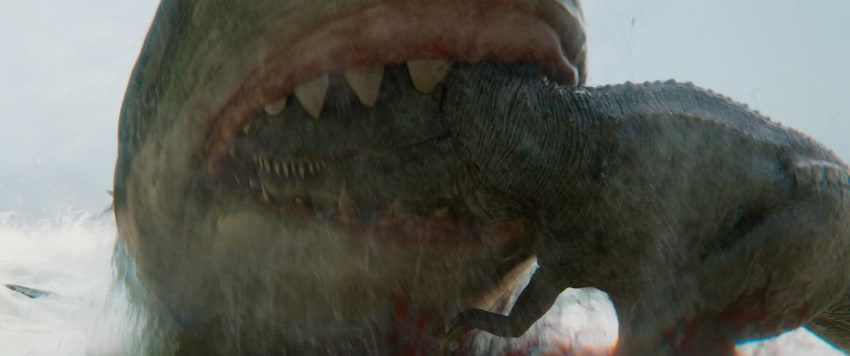
Good, good. Now, look, I love Jason. I think he’s phenomenal. I love watching him. He’s so freaking charismatic whether he’s beating up a cartel or whether he’s punching a shark. Can you talk about working with him? Obviously, this is kind of his baby, and he has a new franchise now. What was it like working with him and letting that character continue?
BW: Yeah, I mean, he’s very, very serious, Jason, about this stuff, certainly about his understanding of action, which is very deep from doing all these movies. He’s curated his career incredibly well, and he understands all this stuff, and he understands it from a business level, but he understands it from an aesthetic level of what he looks like and how audiences react to him, and also from being a martial artist and all these things. So, you get the full package with him.
And on a day-to-day basis, yeah, it’s a lot of talking, a lot of negotiation, but everything is done to make the film better. As complicated as things get, it’s always about, and the same is true of Wu Jing as well, which is where he comes from, the Chinese style of filmmaking, which is a lot of negotiation on set. It’s like they come in and tear the script up every day three times. And so that’s happening, but it still, the film, I think, because it had such a strong initial backbone of storyboards which could be communicated really quickly, it always fell back into place, and it was always fine. But yeah, there was a lot of investigation on set to get it right.
Is this a world you want to continue on with?
BW: Yeah, for sure. I mean, it felt like we’d only scratched the surface of it. It’s huge, all of this stuff. It’s an interesting one because it’s a mixture of science fiction, a monster movie set slightly in the future, but the idea of it is international, but it feels naturally international because of the teams of [involved], and they’re always a mixture of Europeans and Asian and American and all these things without having to contrive it. You know what I mean? And that is something that the audience enjoys. They like to see cooperation, which is rare in this world.
